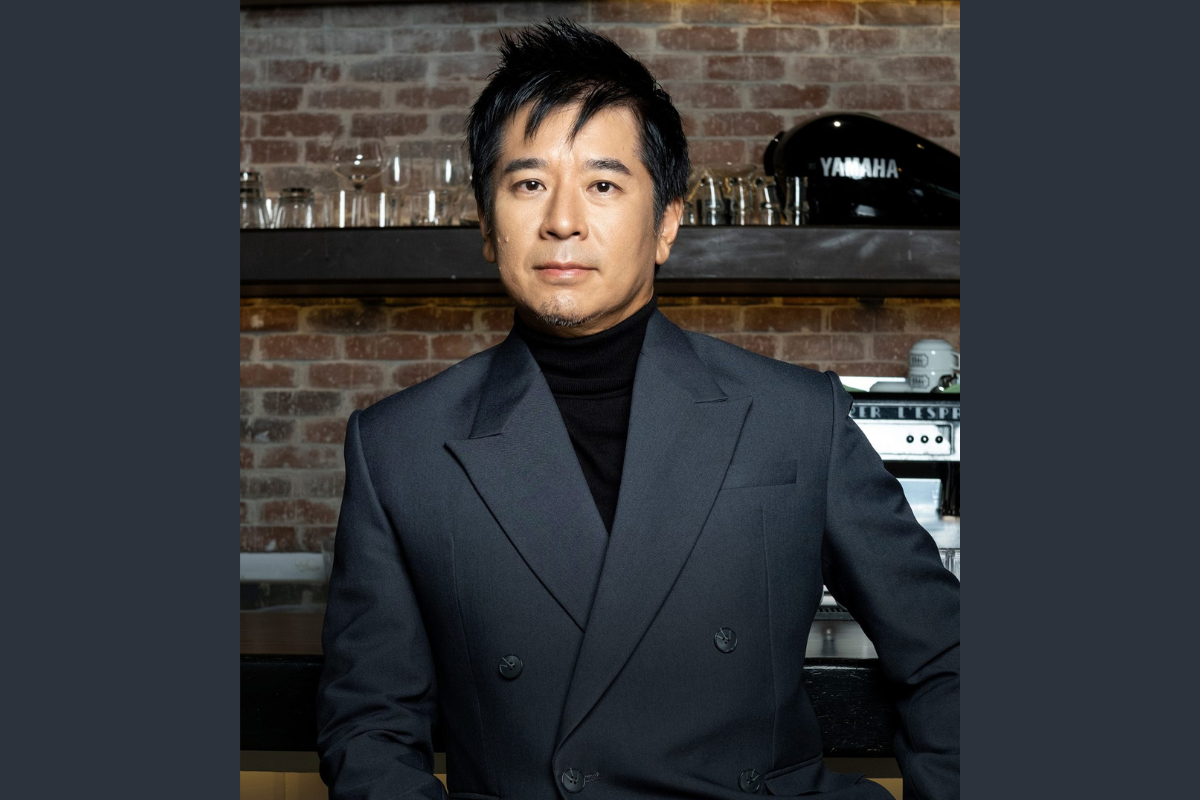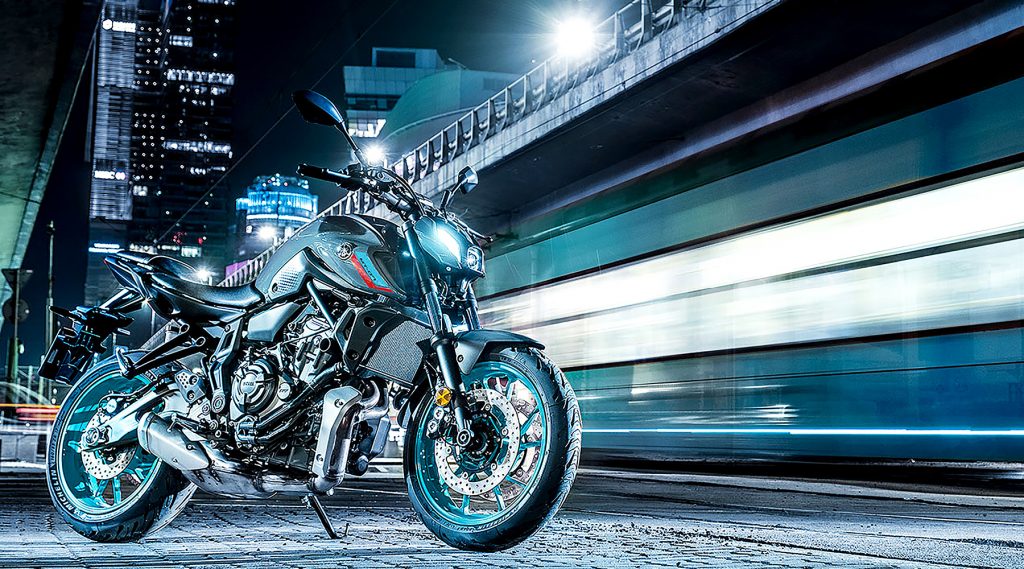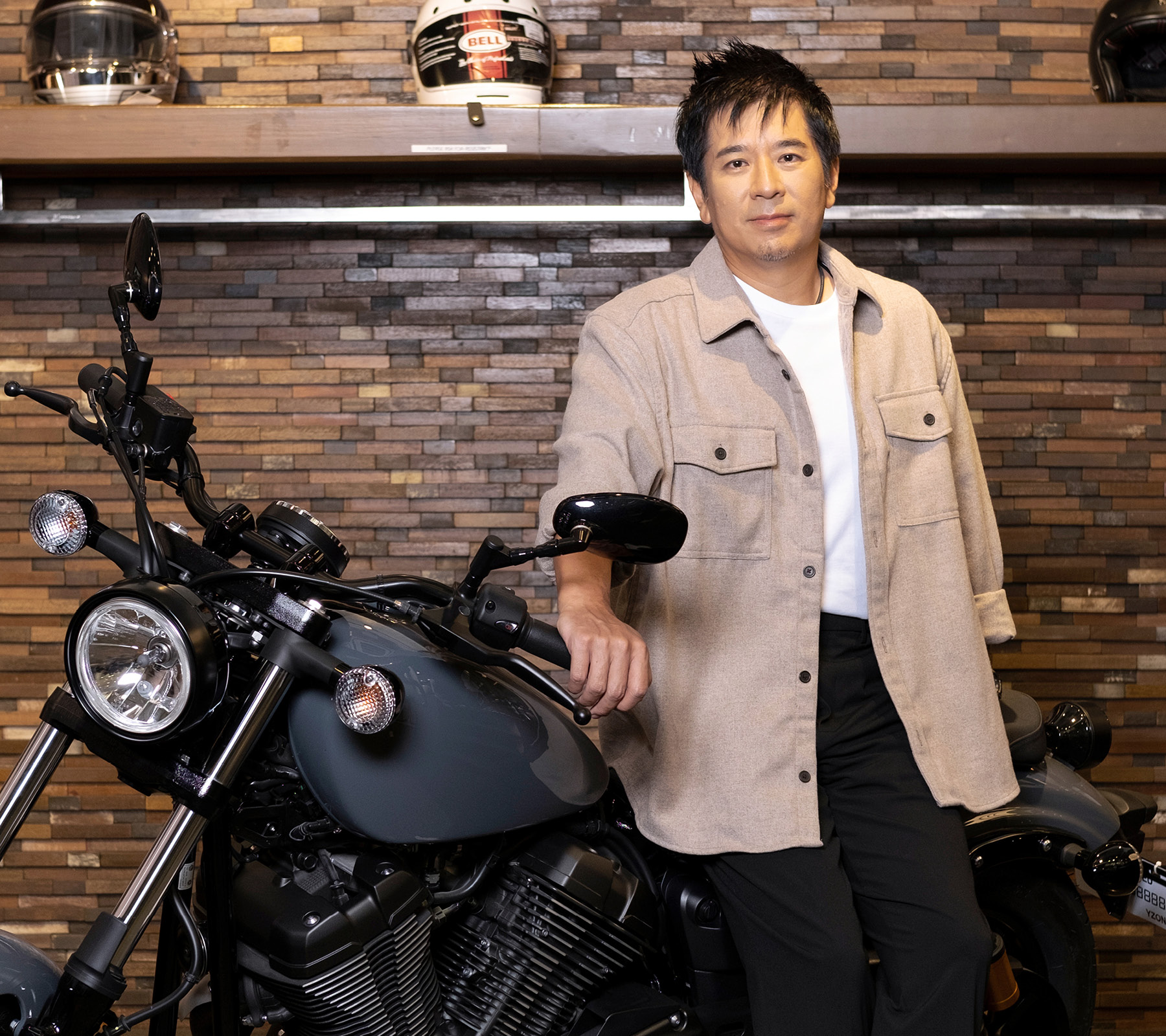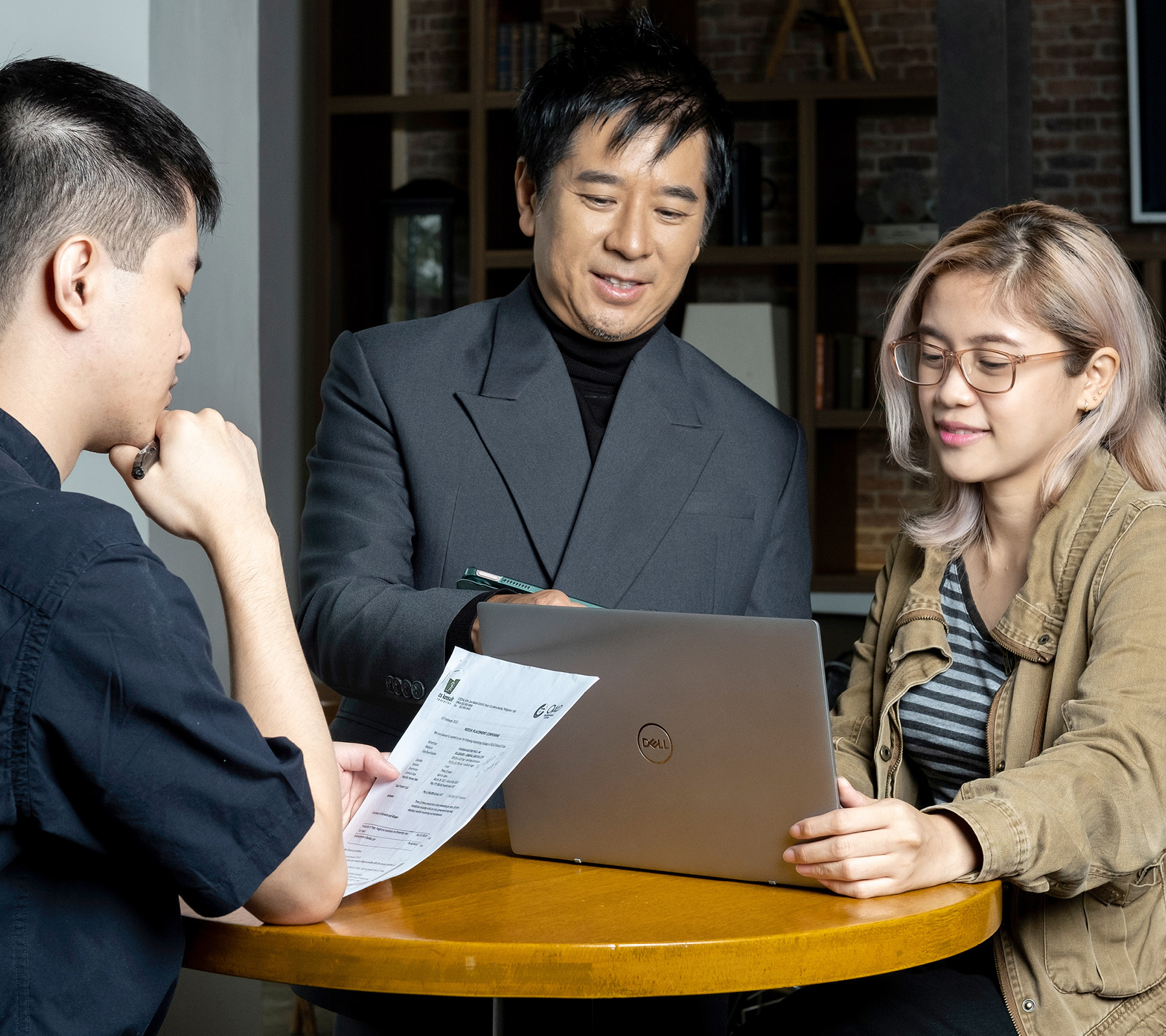When Hiroshi Koike took over as President of Yamaha Motor Philippines in June 2019, he saw opportunities for enormous potential growth in the motorcycle market in the Philippines. What he didn’t anticipate was facing down a global pandemic less than a year later.

While the COVID-19 pandemic has impacted all industries across the world, with many businesses pivoting to new working practices, some of its effects can’t be escaped so easily. Especially in the motorcycle industry.
“The challenge at the moment is, of course, the pandemic. But we are also facing the component parts supply issue – with the biggest shortage being in semiconductors,” Hiroshi says.
Yamaha isn’t alone, with semiconductor chip shortages aggravated by the pandemic leaving automotive production lines across the world shut down completely in 2021, and the current chip shortage unlikely to be resolved in the near future.

I’ll be focusing on the quality of our people. We have already started offering more training, starting at the management level.
“This is not only our industry. I think it’s similar with automobile and electric industries, too,” Hiroshi shares.
At a global level, Yamaha strives to exceed customer expectations and to always be a company people look to for the next exciting product or concept. Echoing this, its association with electric-powered vehicles is entering a new chapter, with the Japanese company announcing in March the launch of its NEO’s Electric Scooter in Europe.
Advances in vehicle tech are making waves in the Philippines, too. “Looking to the future, a key thing we are thinking about is how much longer will we be able to sell the combustion engine for. When do we start shifting to electric vehicles?” Hiroshi explains. “In the meantime we are also looking at the hydrogen engine as an option, but we are not yet certain whether it will become mainstream.
“I think we can expect many changes in the future. And what’s normal now, may not be normal in the future,” he adds.
Power to the people
While organisational growth is paramount to Hiroshi’s plans as the company moves forward, he is mindful that investment in its people will also keep it strong as it grows.
And it’s through its people that Hiroshi sees the opportunity for Yamaha to take the lead over its competitors. “I want to make our people our competitive advantage,” he says. “I’ll be focusing on the quality of our people. We have already started offering more training, starting at the management level.”

What we try to do is offer some additional value to make moving from point A to point B on a motorcycle a fun and quality experience.
At 15 years old, Yamaha Motor Philippines is young compared to the other Yamaha groups, so brand building is also high on Hiroshi’s list. This means driving its people to be ambassadors of the Yamaha brand, and educating them on the products.
“There’s still work to be done to educate our people to help them understand the brand. Because from a customer’s point of view, every employee should be a Yamaha ambassador,” Hiroshi explains.
“If our people become strong, that will give strength to the company as a whole.”
Innovate to elevate
When it comes to the Yamaha brand and products, Hiroshi believes the extras that Yamaha provides for its customer are what sets it apart.
“What we try to do is offer some additional value to make moving from point A to point B on a motorcycle a fun and quality experience. And that’s why we put a little bit extra into the design; to add some fun-ness to the bike,” he shares.
As a subsidiary of a global brand, Yamaha Motor Philippines is in a position to learn from its global leader, which has been in business for over 60 years, while also doing things its own way.
“There is a reason why Yamaha has been in business for so many decades,” he says. It again comes back to building brand awareness and messaging to entice customers. “If we can do that, I think we can make ourselves different,” he adds.
While customers may sometimes “cluster” all Japanese manufacturers together, Hiroshi says it’s not a bad crowd to be a part of, but Yamaha also likes to distinguish itself from the rest.
“It is not a bad image because people look at Japanese manufacturers as being good quality. But it’s important for us to send out the message of how and why we stand out,” he says.
Again, the employee education piece comes into play: “Every employee needs to sing the same tune. Otherwise, our message will not be strong enough,” he says.
Better together
Looking ahead, Hiroshi sees opportunities in increasing localised supply, and believes carving out close relationships with suppliers and working in collaboration is a win–win for everyone.
“Frequent close communication is one of the most important things to do in business. I try to be transparent and honest as much as possible so our suppliers understand what we are doing, which affects their business as well.
“At least two-or-three times a month, I’ll meet with one or two suppliers at a time. It enables us to work together better,” he says.

Frequent close communication is one of the most important things to do in business.
Keeping up these ongoing strategic client relationships ensures production and quality remain stable.
“It is important that our supplier is working on the same page with us. I think by doing that we can create a mutually beneficial situation. What’s good for us should also be good for our supplier,” Hiroshi says.
Localising supply is where Hiroshi believes there is room for growth. “Localising some of the supply here in the Philippines is what we are trying to do, but of course, the pace of localisation has not been fast enough,” he says. “The pandemic has really prevented us pace-wise, but eventually, I would like to increase this percentage and soon we’ll start to have more important suppliers here in the Philippines.”


